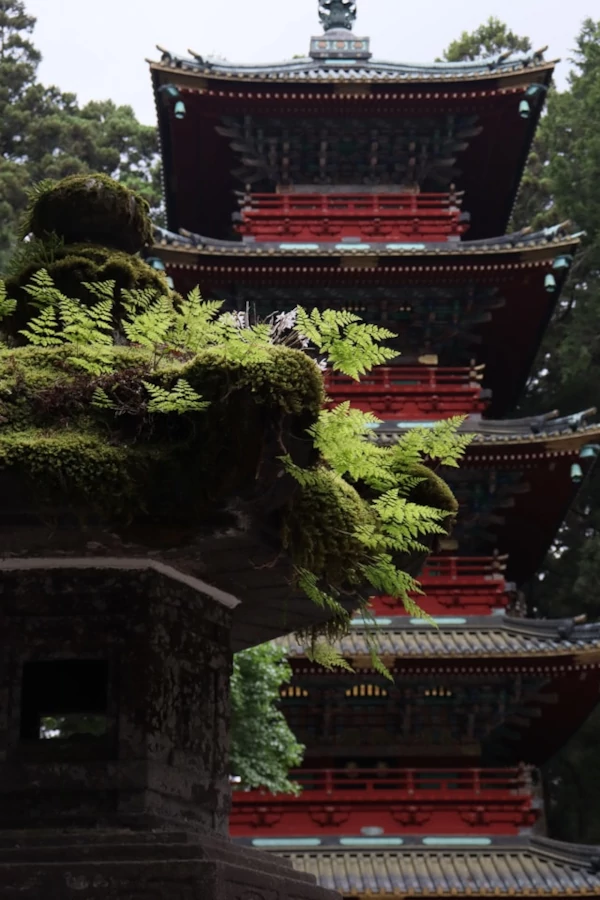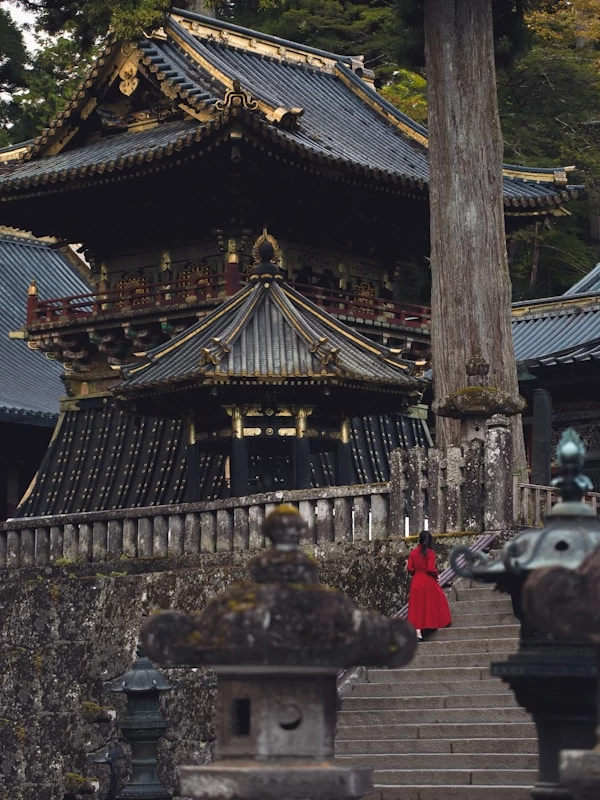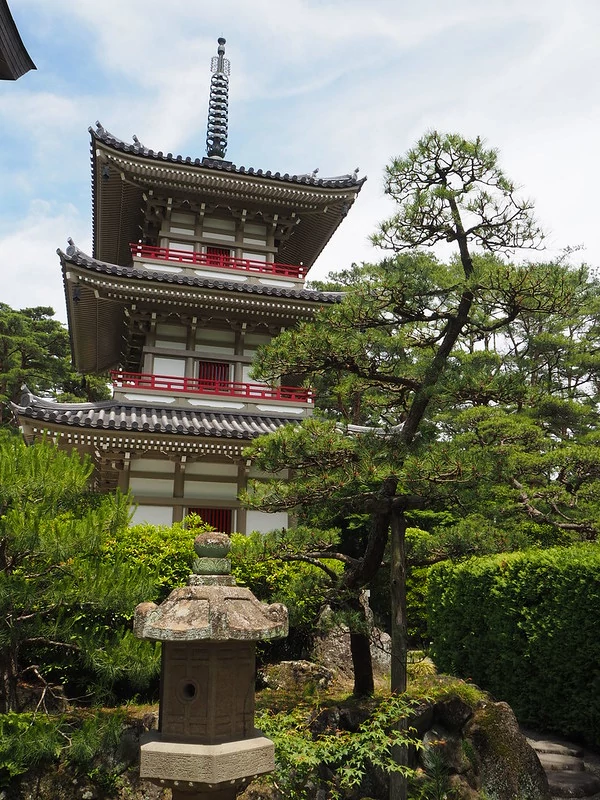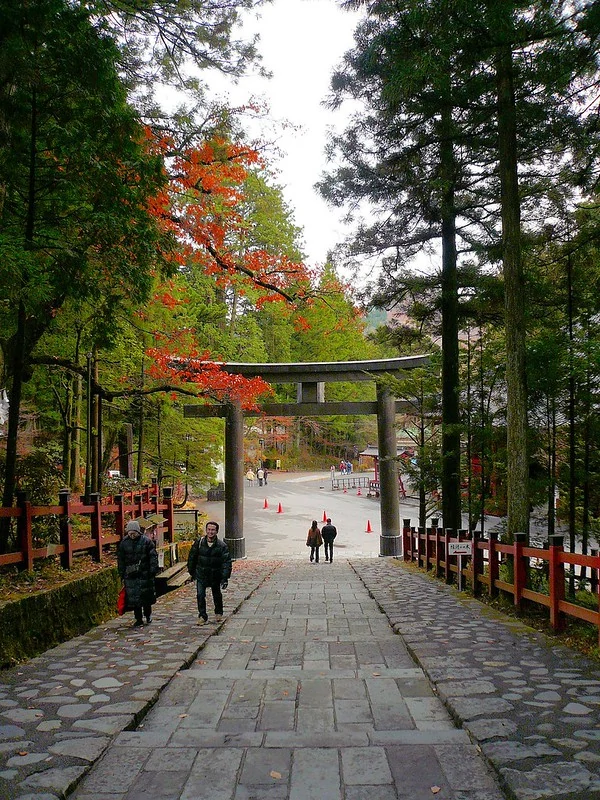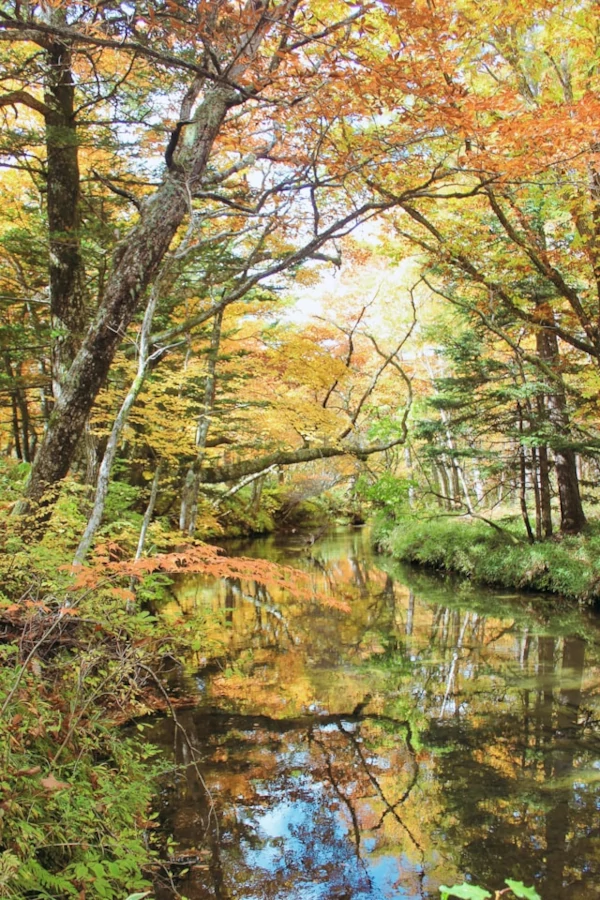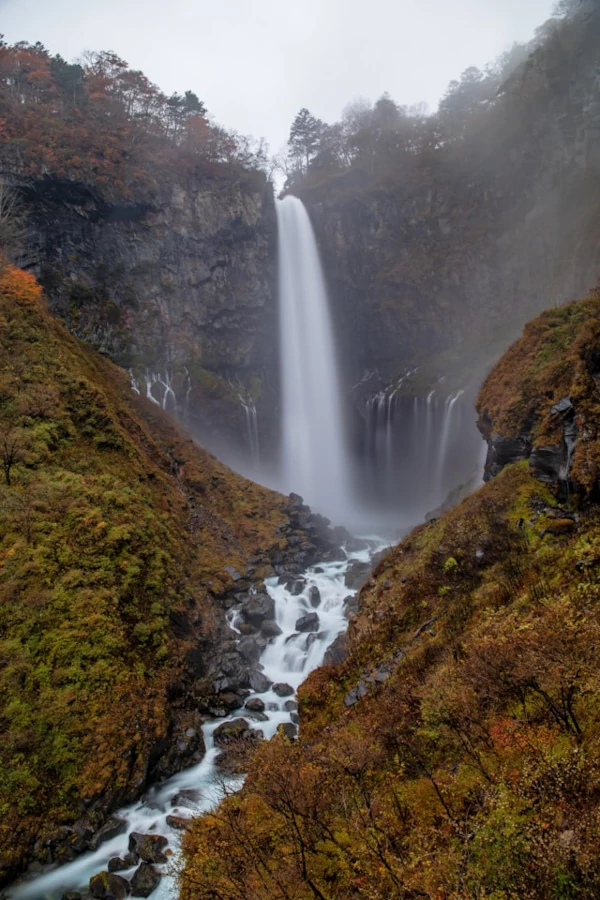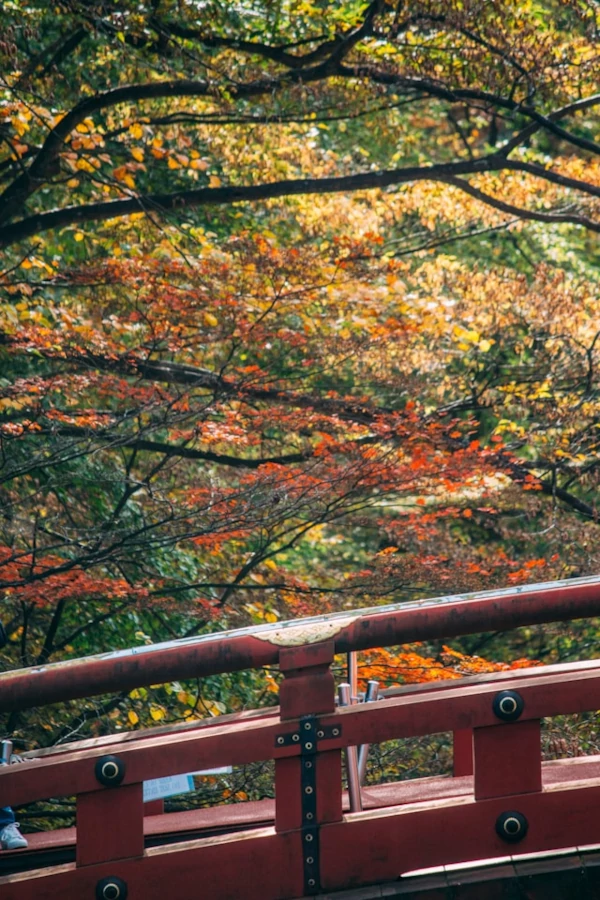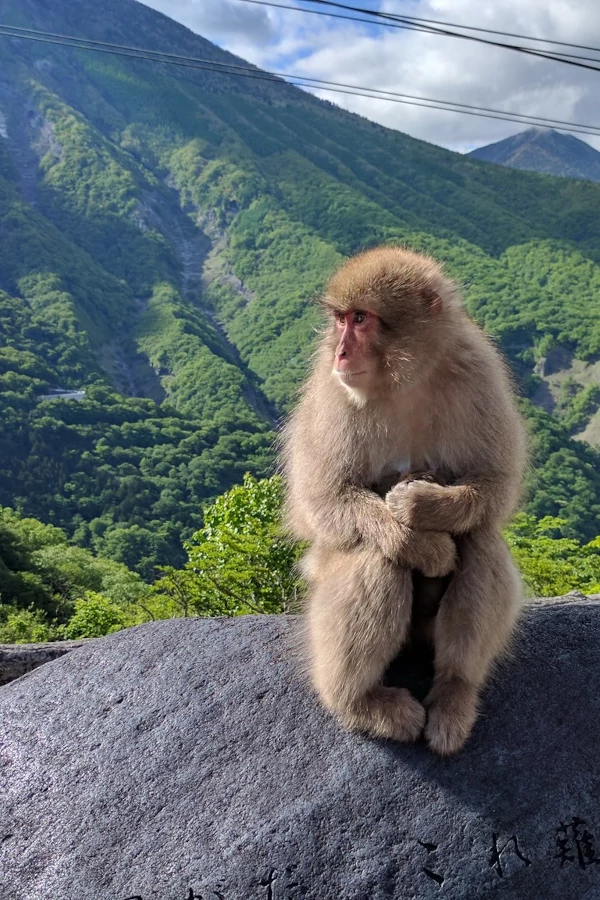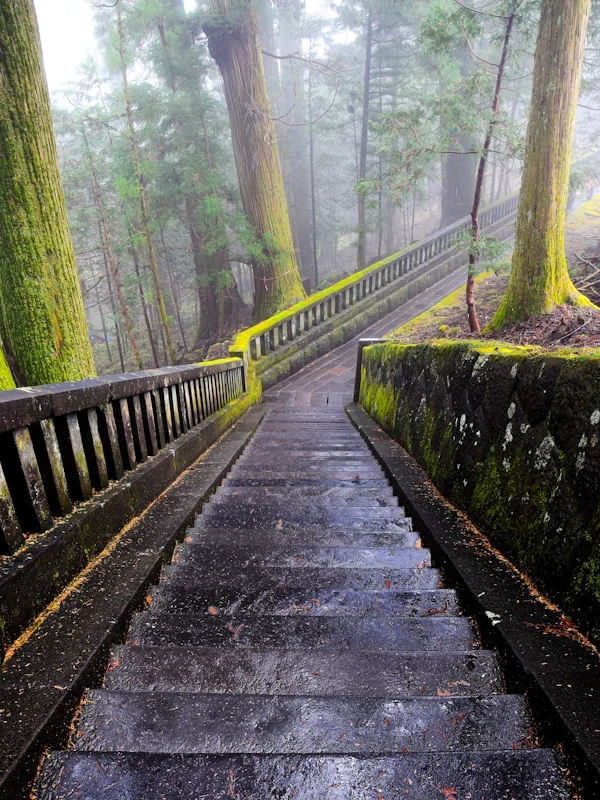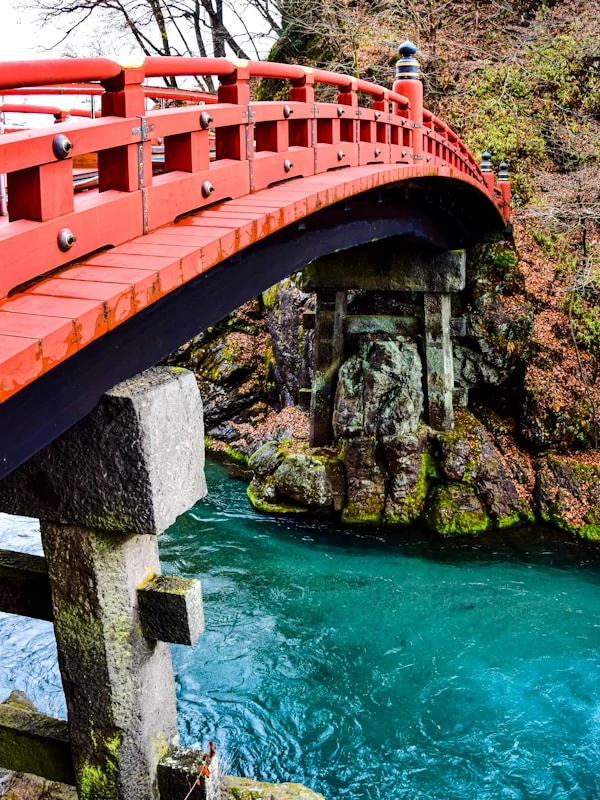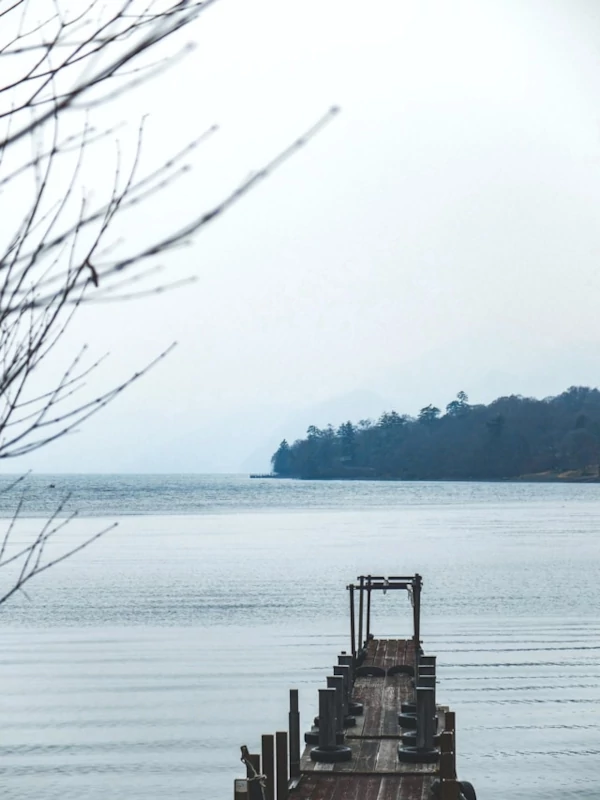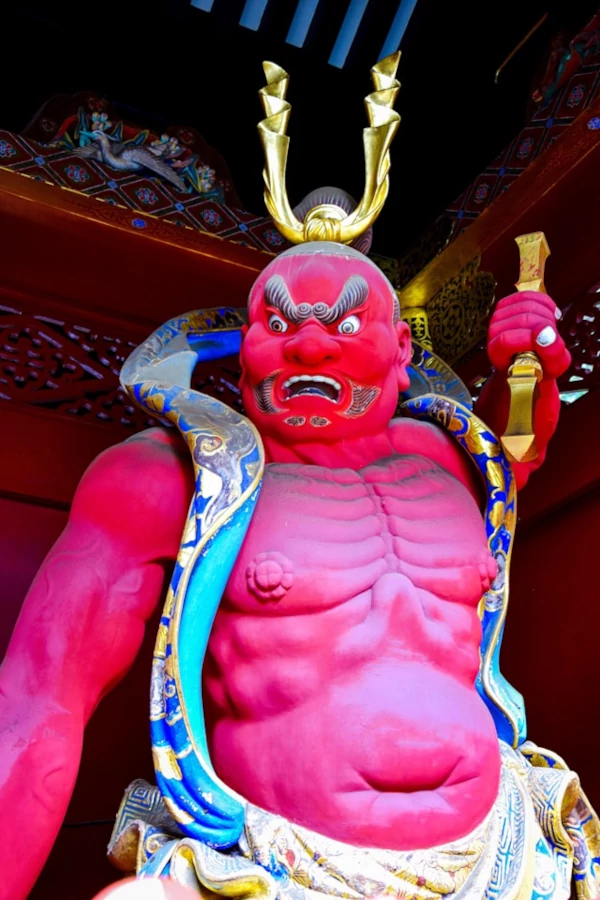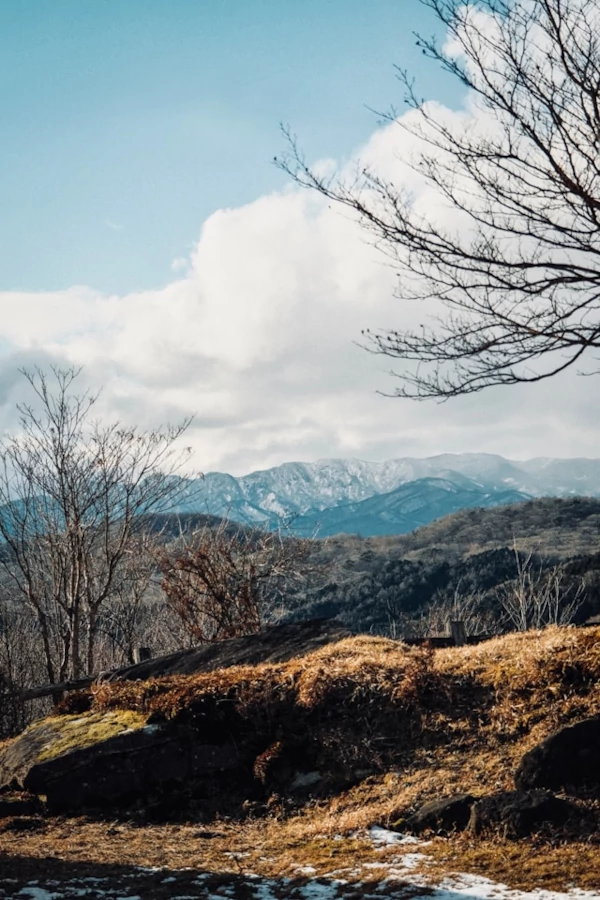The park's landscape is a testament to nature's artistry. Towering peaks like Mount Nantai and Mount Nikko-Shirane provide a dramatic backdrop to the lush forests and tranquil bodies of water. Lake Chuzenji, formed from a volcanic eruption over 20,000 years ago, is a serene gem at the heart of the park, perfect for boating and reflective walks along its shores. The iconic Kegon Falls, one of Japan's most famous waterfalls, plunges 97 meters into the depths below, offering breathtaking views and a cooling mist on warm summer days.
The park is not only a natural wonder but also a cultural treasure trove. It houses the UNESCO World Heritage Site known as the "Shrines and Temples of Nikko," which includes the renowned Toshogu Shrine. This ornate shrine is the final resting place of Tokugawa Ieyasu, the founder of the Tokugawa shogunate, and is famed for its lavish decorations, including the famous "see no evil, speak no evil, hear no evil" monkey carvings. Other significant sites include Rinnoji Temple and Futarasan Shrine, each with its own unique historical and spiritual significance.






